The Shatila refugee camp in Beirut: overwhelmed and under strain
-
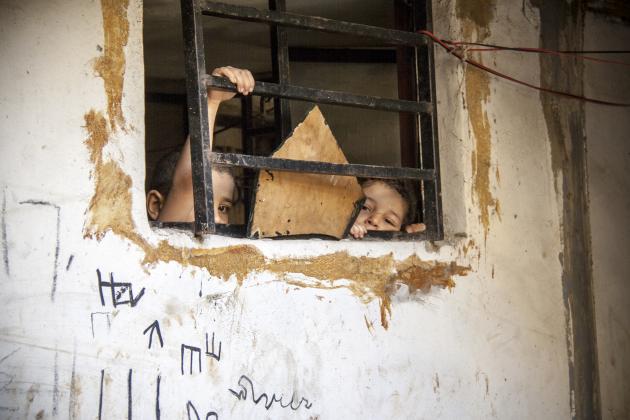
Palestinians living in Lebanon are not entitled to apply for Lebanese citizenship. They are, to all intents and purposes, stateless, which means that they cannot own property and enter certain professions in Lebanon. Most of them live – cut off from Lebanese society – in one of the country's 12 big Palestinian refugee camps. -
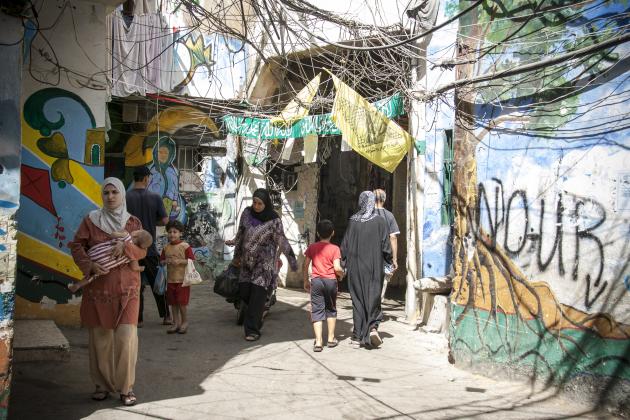
The infrastructure in the Shatila refugee camp is in a catastrophic state of repair. Above the narrow streets hangs a tangle of high-voltage cables that sometimes carry no power for up to 16 hours a day. The camp is hopelessly overcrowded, which means that residents are forced to build new residential complexes on top of existing buildings. From time to time, entire buildings collapse under the strain. -
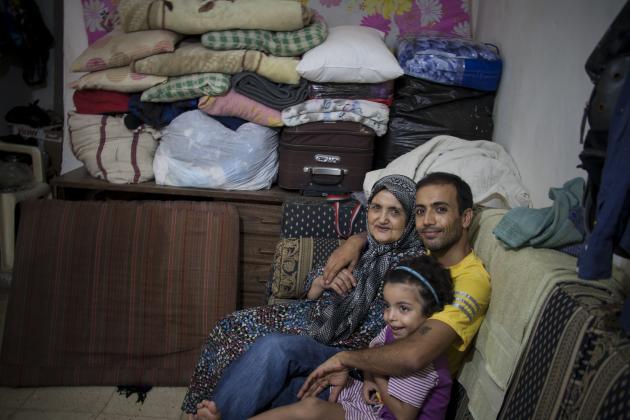
Abed and his family fled Damascus on foot last year. They ended up in Beirut, sleeping under a bridge for a week until they found shelter in the Shatila refugee camp. He and his wife and children now share a room with no running water. Its walls are damp and covered with mildew. "I have to protect my family and give them hope. I keep smiling, but deep down I feel sad and worried," says Abed. -
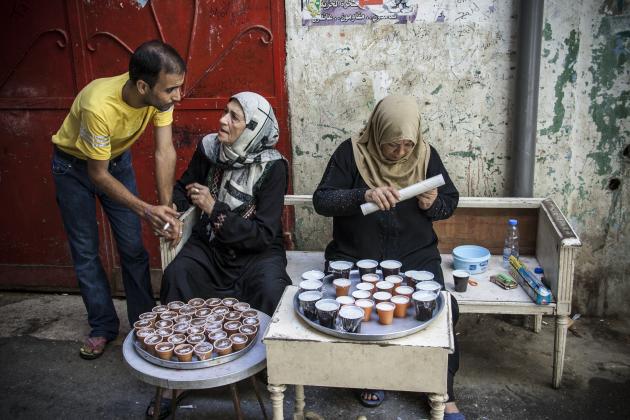
Many Syrian women in the Shatila refugee camp are the heads of their households, either because their husbands were killed in Syria or because they chose to stay there to protect their houses and property. In order to earn some money and to be able to feed their families, many sell things on the street. -
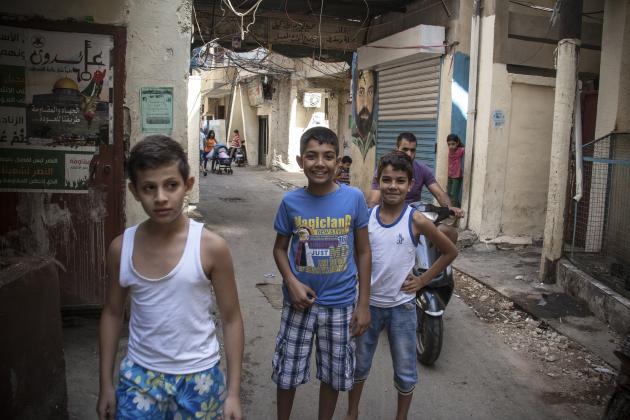
Many of the Palestinian children now living in Shatila are the third and fourth generation of Palestinian refugees to live in the camp. Their families came to Lebanon after their forced departure from Palestine during the Nakba (the catastrophe) of 1948. Their parents grew up during the 15-year Lebanese civil war and witnessed the Sabra and Shatila massacre of 1982: in just two days, Lebanese Christian militiamen slaughtered up to 3,000 residents of the two camps. -
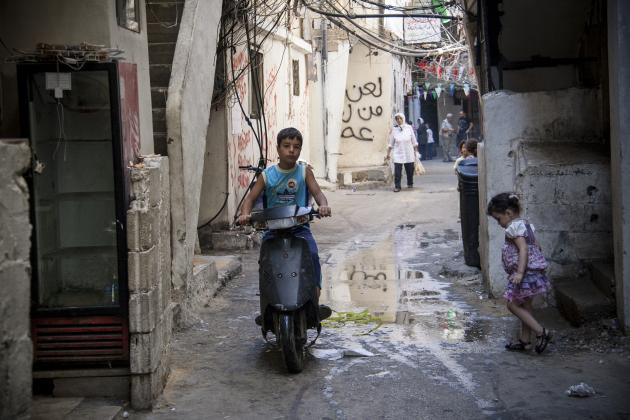
There are no playgrounds or football pitches for the children in the Shatila refugee camp. They spend most of their time in the narrow, rubbish-filled alleyways that meander like a maze through the camp. -
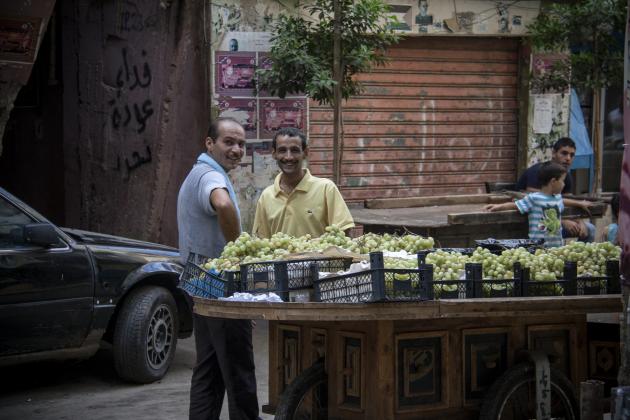
The men are used to smiling for the camera. "Everyday, journalists from different countries come here, take photos and write about Shatila, but nothing has changed so far," says Abu Moujahed, director of the Children and Youth Centre. "The situation in the camp becomes worse by the day." -
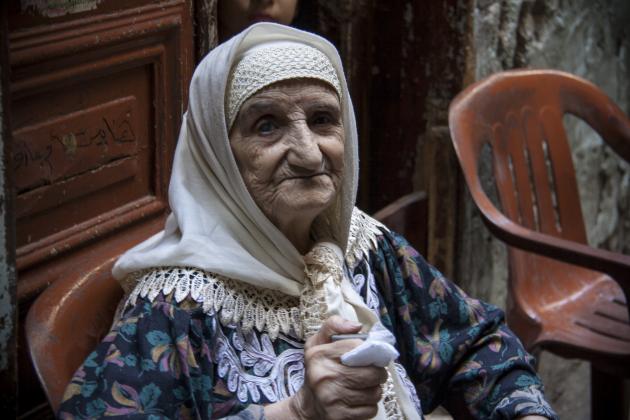
Umm Aref fled from Palestine to Lebanon. She has five grandsons who have never seen the country where she was born. Life in Lebanon is very tough for her: "I hope that one day, my grandsons will be able to return to their own country," says Umm Aref.
https://qantara.de/en/node/13228
Link
To all image galleries